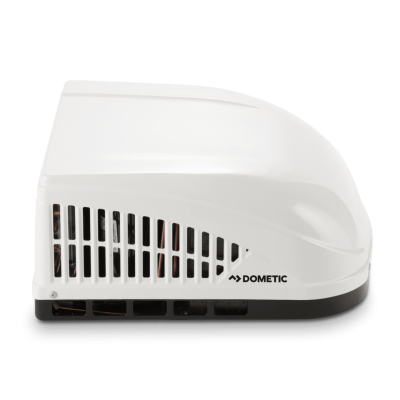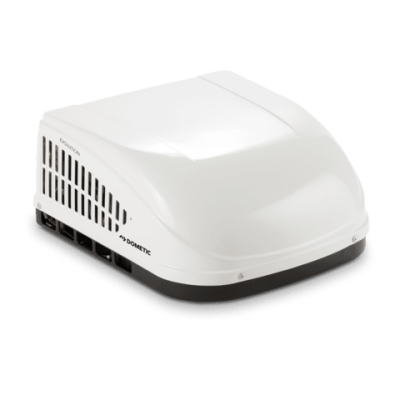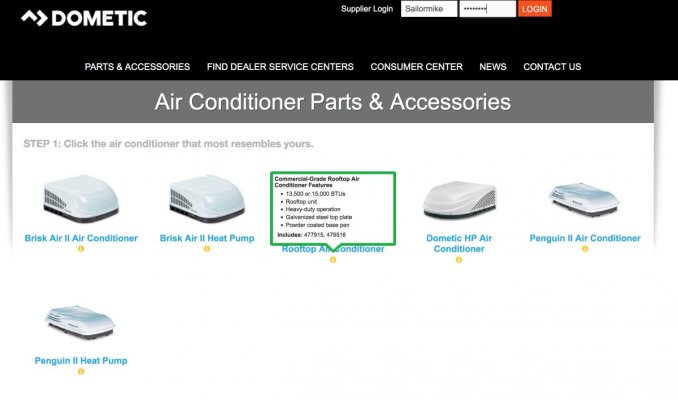Please excuse my ignorance, but it’s what it is as I have no experience with air conditioners on boats.
I’m early in the process of deciding which boat/brand to order, but one of their differences is one offers a water cooled built in AC with reverse heat cycle, and the other offers a roof top AC unit.
I’m familiar with roof tops in some previous RV applications in the past, but the whole fresh water cooled thing is new to me.
From what I’ve gathered here, the pros to built in are aesthetics, maybe more likely to run underway(not a big concern but cool) with an inverter, and maybe easier start up amperage draw if on generator. Cons are potential water flow obstruction, less than ideal vent placement ( ie at shin height vs overhead) and limited access for maintenance.
Pros for overhead are access and cool air distribution, cost about half of built in. Cons may be noisier and certainly ugly up there.
What else am I missing? I’m all ears/eyes and thank you
I’m early in the process of deciding which boat/brand to order, but one of their differences is one offers a water cooled built in AC with reverse heat cycle, and the other offers a roof top AC unit.
I’m familiar with roof tops in some previous RV applications in the past, but the whole fresh water cooled thing is new to me.
From what I’ve gathered here, the pros to built in are aesthetics, maybe more likely to run underway(not a big concern but cool) with an inverter, and maybe easier start up amperage draw if on generator. Cons are potential water flow obstruction, less than ideal vent placement ( ie at shin height vs overhead) and limited access for maintenance.
Pros for overhead are access and cool air distribution, cost about half of built in. Cons may be noisier and certainly ugly up there.
What else am I missing? I’m all ears/eyes and thank you



